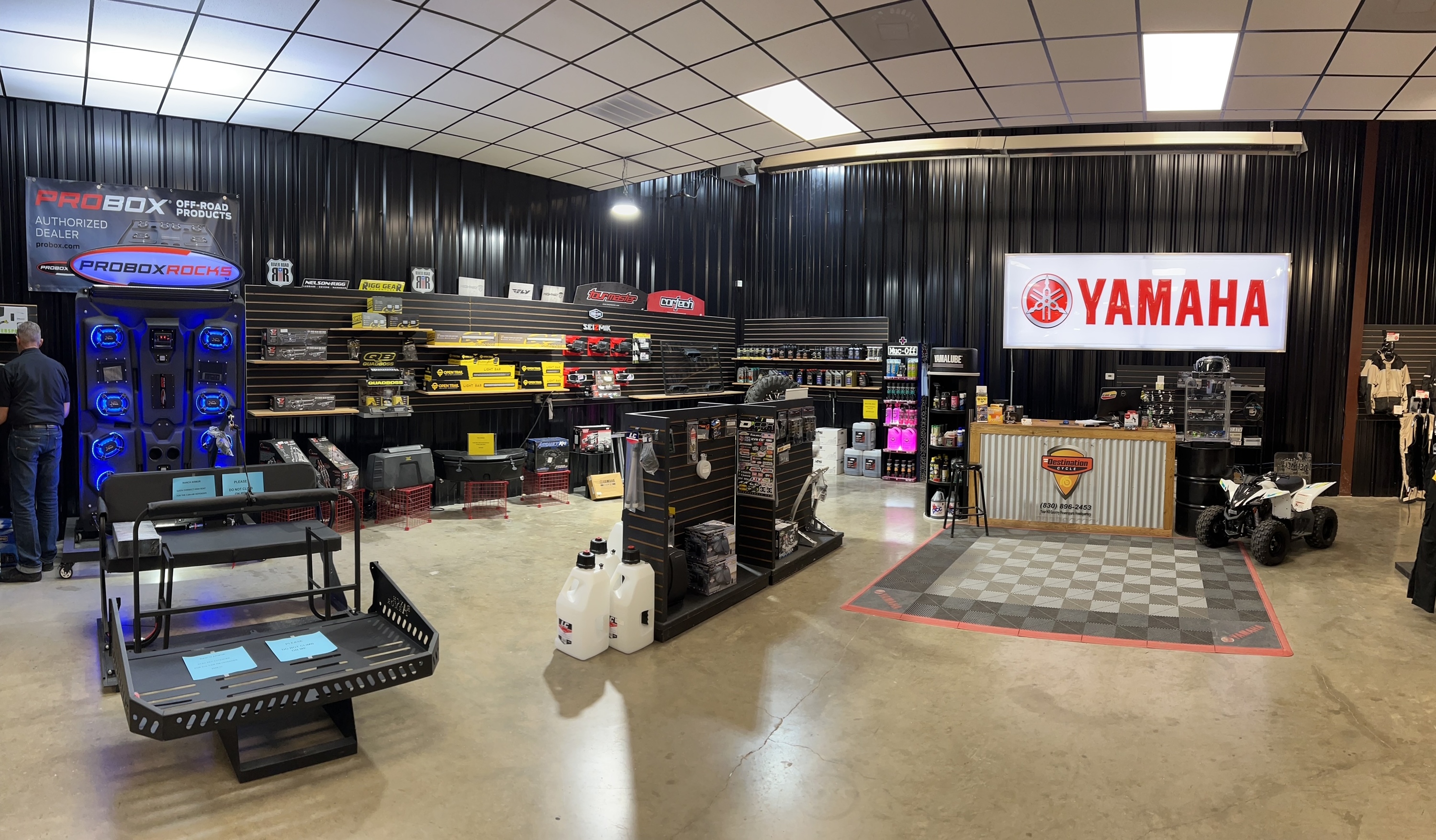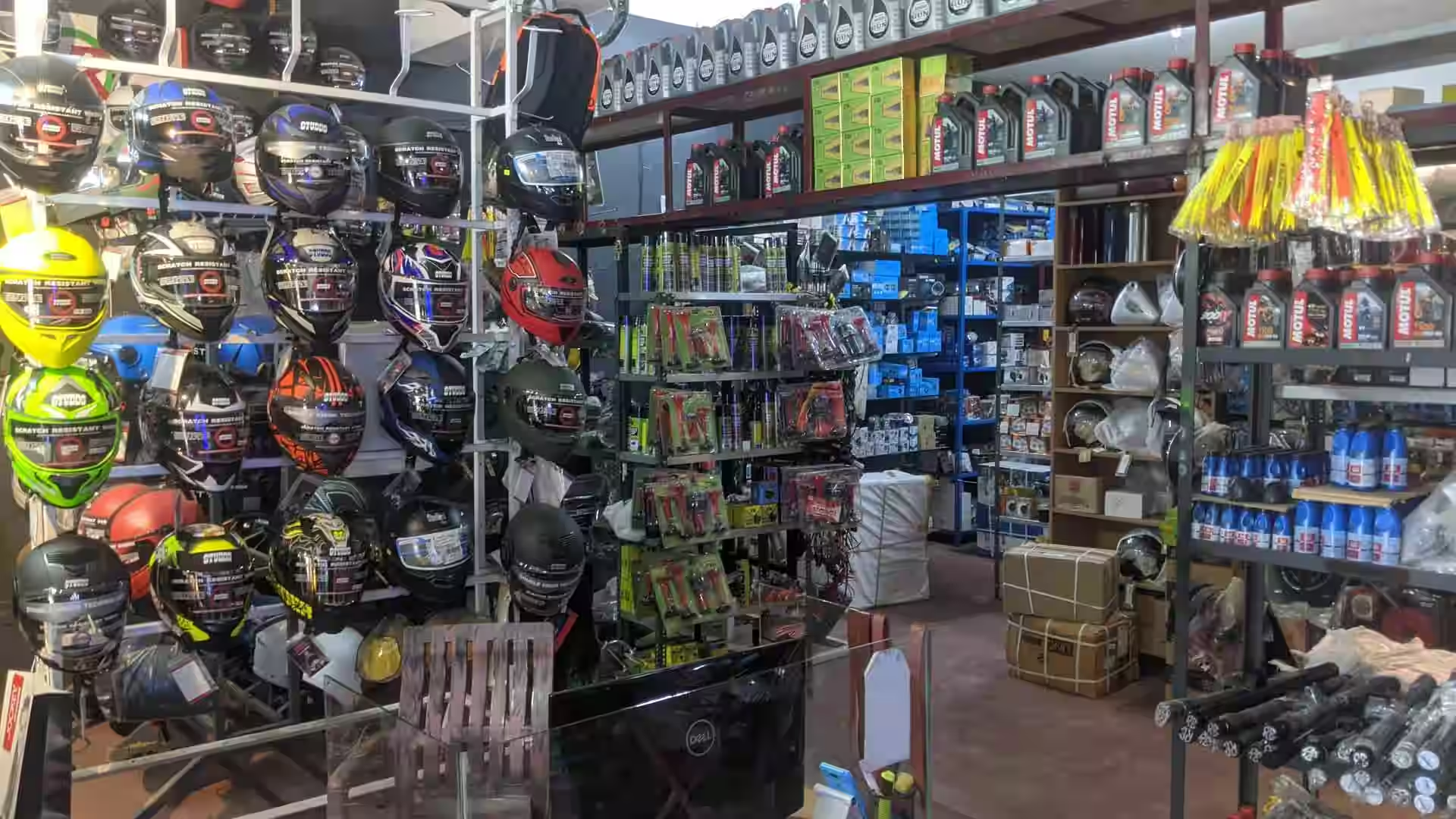Explore the most up to date Motocross Gear NZ for each Level of Rider
Explore the most up to date Motocross Gear NZ for each Level of Rider
Blog Article
Comprehending the Vital Parts of a Motorbike: A Comprehensive Overview for Enthusiasts
For motorcycle enthusiasts looking to elevate their riding experience and ensure their bikes run smoothly, recognizing the essential elements of a motorbike is vital. Each element, from the engine's complex functions to the crucial function of the stopping mechanisms, not only affects performance however additionally safety and security and comfort.
Engine Parts

The camshaft plays an essential function in regulating the timing of the engine's valves, making certain the exact opening and closing necessary for efficient fuel and air intake, in addition to exhaust expulsion. This timing is essential to maintaining optimum engine performance and effectiveness. Additionally, the carburetor or fuel shot system, depending on the motorcycle design, is accountable for mixing air with gas in the proper proportion for combustion.
The cooling system, either air or liquid-based, functions to keep the engine's temperature within operational limitations, avoiding getting too hot and making certain longevity - motorcycle shop. Each element, carefully created and incorporated, adds to the seamless procedure of the engine, defining the motorbike's power outcome and overall performance
Transmission System
Essential to the motorcycle's functionality, the transmission system guarantees effective power transfer from the engine to the wheels. This system comprises several essential elements, consisting of the clutch, transmission, and final drive, each playing an essential role in converting the engine's power right into activity. The clutch, commonly operated by a hand bar, serves to involve and disengage the engine from the transmission, enabling smooth gear adjustments and controlled acceleration.
The transmission, usually described as the transmission appropriate, has a collection of gears that cyclists can manually change via to adjust the bike's speed and torque output. These equipments are arranged in a series that allows the bike to increase smoothly and preserve optimum engine efficiency across different speeds. A lot of motorcycles use a consecutive transmission, needing the biker to change gears in a predetermined order.
Braking Devices
While comprehending the transmission system is vital to harnessing a motorcycle's power, equally crucial is the capability to control and stop that power successfully, which is where braking devices enter play. Brakes are critical for safety and security and performance, providing the cyclist with the essential control to navigate various terrains and problems. Usually, bikes feature two kinds of braking systems: disc brakes and drum brakes.
Disc brakes are much more widespread in contemporary motorbikes due to their exceptional efficiency. This system offers better heat dissipation, consistent performance, and improved quiting power, especially in damp problems.
Conversely, drum brakes, though much less typical, are still found in some motorbikes. They work by pressing brake shoes versus the internal surface area of a drum attached to the wheel. While normally less reliable in heat dissipation and stopping power, drum brakes are easier and more affordable.
Comprehending these stopping systems' subtleties enables riders to maintain their motorcycles appropriately and value the engineering that makes certain efficient and risk-free quiting.
Suspension and Steering
Suspension and guiding systems are crucial parts that substantially influence a motorbike's handling and adventure comfort. The shock absorber, consisting of forks at the front and shock absorbers at the back, absorbs road irregularities, improving stability and control. Front forks, inverted or typically telescopic, compress and rebound to alleviate effects, while rear shock absorbers maintain tire contact with the roadway, vital for grip and security.
Guiding, focused around the handlebars, links the rider to the motorcycle's directional control. The steering head bearings make certain smooth procedure, allowing exact maneuverability. Correct positioning and maintenance of these bearings are critical for predictable guiding action and minimizing biker exhaustion.
The suspension's adjustability is one more vital aspect; preload, damping, and rebound setups enable modification to fit various riding problems and styles. This flexibility is essential for enhancing efficiency, whether navigating urban roads or dealing with rugged routes. Innovations like digital suspension systems provide real-time changes, enhancing trip quality across varied terrains.

Electrical Equipments
After making sure a smooth and controlled experience via efficient suspension and guiding systems, focus transforms to the electric systems, a critical element of modern motorcycles. These systems play an important duty have a peek at this website not only in beginning the engine yet also in powering numerous parts that improve the performance and safety of the motorcycle.
At the heart of a motorcycle's electrical system is the battery, which shops electric energy necessary for starting the engine and powering auxiliary systems - motorbike shop. The generator or generator, combined with the rectifier-regulator, ensures the battery stays charged while the motorbike is in operation, transforming power into electric energy and maintaining voltage degrees
The ignition system, an additional vital component, is in charge of sparking the air-fuel mix in the engine's cyndrical tubes. Modern motorcycles frequently utilize a digital ignition system, using higher effectiveness and integrity contrasted to conventional systems.
Illumination systems, including headlights, tail lights, dirt bike parts and indications, are also crucial, making certain presence and security for the cyclist. Extra digital elements such as sensing units, control systems, and shows contribute to innovative functions like gas injection monitoring, anti-lock braking systems (ABDOMINAL MUSCLE), and electronic dashboards, further boosting the riding experience.
Conclusion
A thorough understanding of a motorbike's crucial elements, including the engine, transmission system, stopping systems, suspension, steering, and electric systems, is important for lovers intending to maximize security, performance, and convenience. Mastery of these components permits informed decisions pertaining to upkeep and upgrades, ultimately boosting the riding experience. By integrating this understanding, motorcyclists can guarantee their bikes operate at peak performance and reliability, thereby optimizing both satisfaction and durability of their vehicles.
For motorcycle enthusiasts looking to boost their riding experience and guarantee their bikes run efficiently, understanding the essential components of a motorbike is vital.Essential to the motorcycle's performance, the transmission my link system guarantees reliable power transfer from the engine to the wheels.While understanding the transmission system is crucial to using a motorcycle's power, equally crucial is the capability to regulate and stop that power effectively, which is where braking devices come into play. Usually, motorbikes include two kinds of braking systems: disc brakes and drum brakes.
A complete understanding of a bike's essential components, including the engine, transmission system, stopping systems, suspension, steering, and electrical systems, is important for lovers aiming to maximize security, comfort, and performance.
Report this page